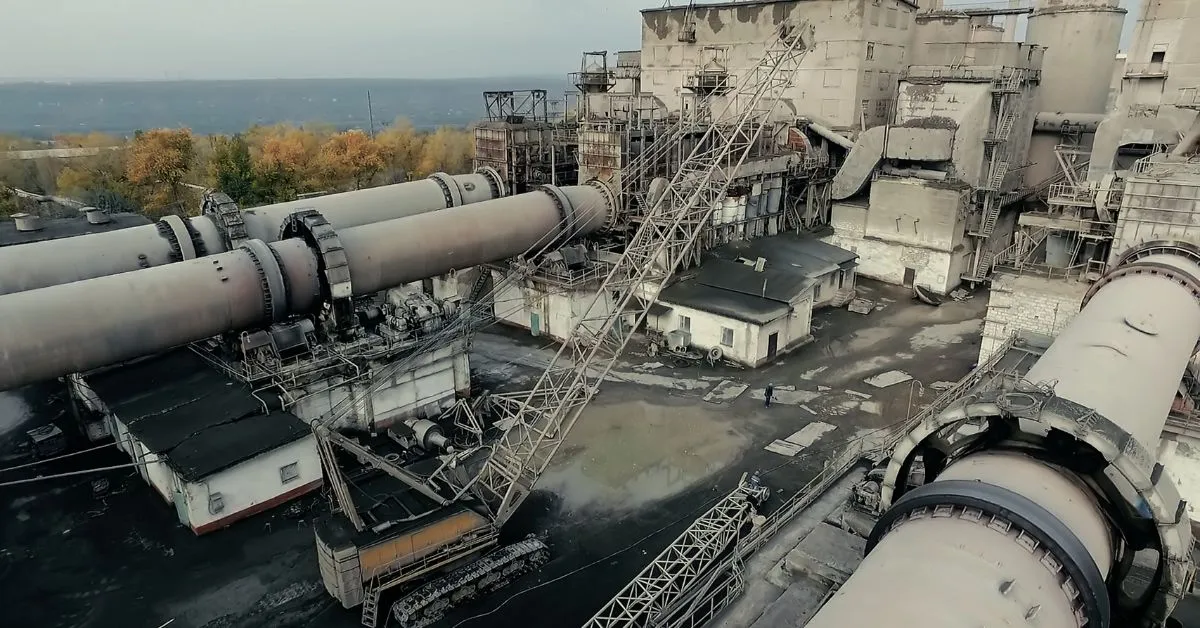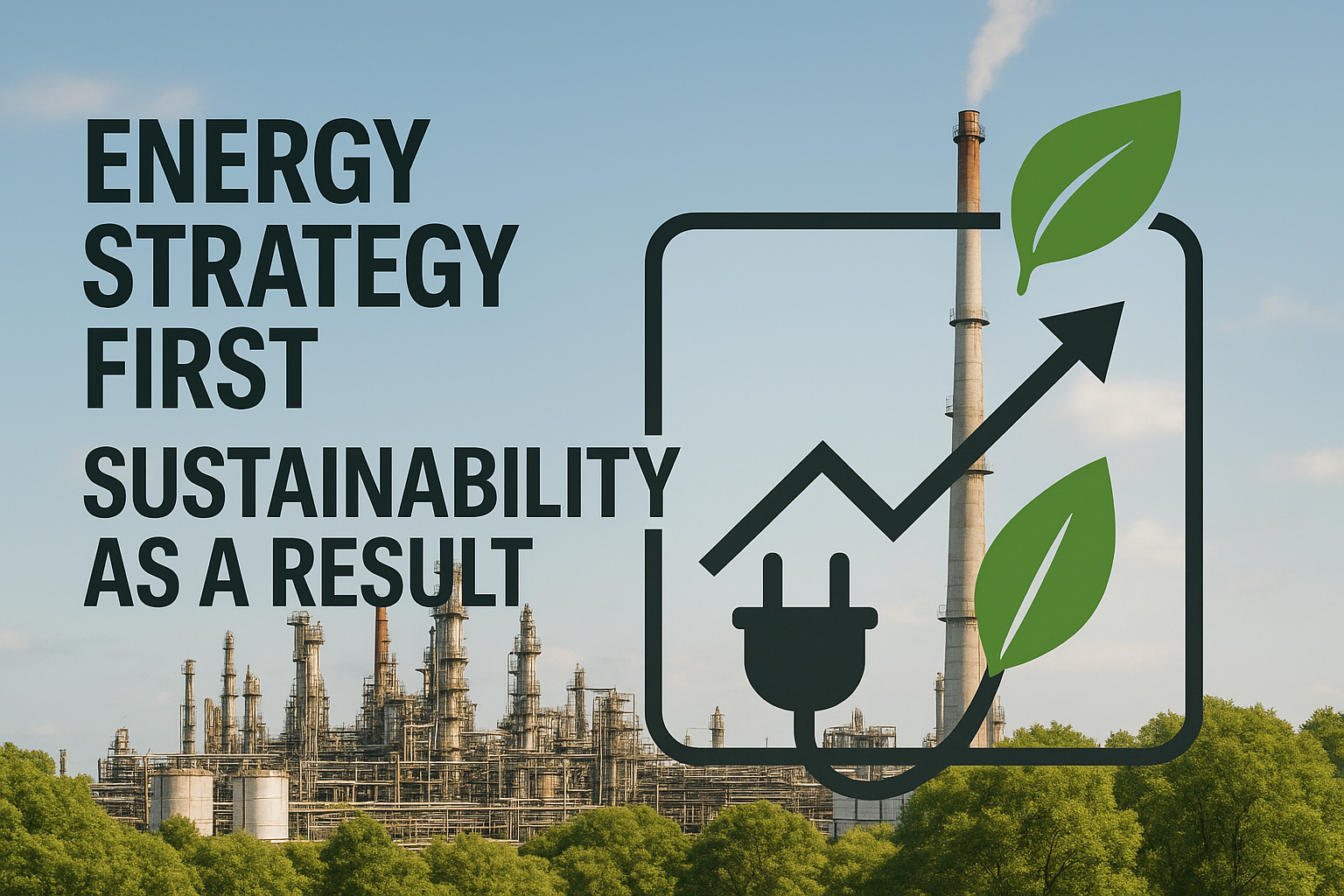Every cement kiln, mill, and cooler generates thousands of measurements every second, yet much of that information sits scattered across spreadsheets, paper logs, and aging historian systems. According to industry research, nearly 70% of manufacturers indicate that problems with data quality, contextualization, and validation are the most significant obstacles to AI implementation. These data silos prevent the unified view required for reliable industrial AI modeling, limiting the value of even the most sophisticated algorithms.
The real constraint isn’t AI technology—it’s data readiness. Extreme kiln temperatures degrade sensors, hours-long residence times delay lab results, wide raw-material variability creates gaps, and legacy control systems introduce drift and mismatched timestamps. Until these issues are addressed, AI initiatives risk delivering noisy alerts instead of dependable guidance.
What follows is a comprehensive approach to transform raw plant signals into context-rich, AI-ready datasets through practical, step-by-step methods. You’ll discover how proper data preparation enables real-time optimization that can reduce fuel consumption, stabilize quality, and support more sustainable operations.
Why Cement Manufacturing Creates Unique Data Challenges
Extreme kiln zones push past relentless heat, combined with dust and vibration, shortens sensor life and injects noise into critical temperature and flow tags. Under such harsh conditions, cause-and-effect links blur, so AI models struggle to learn reliable patterns.
The challenge deepens when limestone chemistry shifts from one quarry face to the next or when refuse-derived fuel suddenly arrives wetter than expected. This raw-material variability forces frequent set-point changes and floods archives with inconsistent information.
On the digital side, decades-old PLCs feed a patchwork of spreadsheets, paper logs, and modern dashboards. Incompatible formats leave engineers stitching files together rather than training algorithms.
A quick self-diagnostic can reveal whether plant information is ready for advanced analytics. Key areas to evaluate include:
- Availability — whether essential tags stream continuously or show multi-hour gaps after maintenance
- Latency — determining if archives update fast enough for minute-by-minute decisions or only after manual uploads
- Trust — comparing values with lab sample results or redundant instruments to ensure readings stay within expected limits
Identifying weaknesses in any of these areas becomes the foundation for building a system robust enough to support advanced optimization.
The Hidden Cost of Poor Sensor Health and Calibration
Dust accumulation, heat cycling, and chemical attack quietly push temperature probes, flow meters, and gas analyzers out of alignment. When kiln thermocouples drift, combustion control adds more fuel than needed, eroding margins and increasing emissions.
Mis-calibrated feed flow meters can let excess limestone bypass the kiln, producing off-spec clinker that forces costly rework. Stack-gas monitors coated in alkaline dust risk under-reporting pollutants, exposing plants to fines and potential shutdown orders.
These harsh operating conditions create a cascade of problems that extend beyond immediate operational issues. Chronic sensor drift in high-temperature zones leads to unplanned outages and spiraling maintenance costs, while unreliable measurements undermine the foundation that advanced optimization models depend on.
Robust sensor management protects both compliance and data quality for industrial AI. The most effective approach combines automated drift detection comparing peer tags, documented calibration schedules aligned with production cycles, and redundancy for critical measurements.
Essential practices include regular cleaning during planned outages, systematic comparison of paired sensors, and centralized calibration logging. This foundation of reliable instrumentation enables AI models to learn faster, produce trusted recommendations, and deliver maximum value.
Bridging the Gap Between Lab Data and Real-Time Operations
Laboratory results usually land in your database hours, or sometimes days, after the corresponding clinker has already moved downstream, making it nearly impossible to link quality information to the right process conditions.
That delay, combined with mismatched timestamps between laboratory information management systems (LIMS) and process logs, erodes the value of AI models built for kiln or mill optimization.
Aligning these worlds requires discipline. Implement a unified sample-ID system where each concentration receives a unique identifier. Calculate material residence times to back-shift lab results to when material exited the kiln. Integrate these adjusted records into your historian and cross-reference with LIMS tables for proper alignment. Daily mass-balance checks help verify that merged datasets remain coherent.
When reconciliations still fail, checking sampler clocks first often reveals the root cause, followed by auditing feed-rate totals and reviewing lab entry logs. Middleware that pipes structured lab information directly into the historian eliminates most of this rework and gives your AI models a richer, correctly timed signal to learn from.
Getting Alternative Fuels and Raw-Material Data into the System
When you start substituting coal with refuse-derived fuel or biomass, the plant’s information picture suddenly develops blind spots. Calorific value, ash, moisture, and volatile matter can swing from truck to truck, yet these swings often remain hidden because sampling is sporadic and manual logs lag behind combustion. Without clear visibility, models misjudge burn profiles and clinker chemistry, undercutting both fuel savings and emissions goals.
Better measurement forms the foundation for improvement. PGNAA scanners track raw-mix chemistry continuously, while near-infrared analyzers monitor fuel properties at intake. Combining these readings with weigh-feeder data and precise timestamps enables energy-corrected calculations rather than generic heat balances.
Monitoring for outliers and synchronizing sampling clocks prevents time-shift errors that confuse AI models. Plants implementing these practices achieve steadier kiln operation and lower CO₂ emissions, even with variable alternative fuels.
Effective fuel management requires unique identifiers for each delivery, real-time analyzer data streaming, and synchronized weigh-feeder signals. Validating and archiving both raw and processed values preserves data lineage, enabling AI models to trace decisions throughout the optimization process.
From Data Collection to Data That AI Can Actually Use
Raw historian dumps only become valuable when you convert them into consistent, trustworthy inputs for industrial AI. In cement production, long residence times and fluctuating raw-mix chemistry amplify the impact of silos, forcing you to reconcile hours of kiln behavior with lab results that may arrive much later.
Effective preparation starts with disciplined classification, curation, and validation. Group every tag by equipment and process phase, remove duplicates, and run automated checks that flag gaps or sensor noise. Mapping each transformation in a clear lineage record protects governance standards while ensuring the model always sees current information.
The implementation process focuses on several critical steps. Fill gaps and flag unreliable tags with automated rules, then resample and normalize units so time stamps align properly. Add contextual labels for maintenance or mode changes, and track drift while maintaining a version-controlled feature store for consistent access.
Cement signals arrive at very different cadences, so time-stamp alignment and unit normalization are essential. Storing the cleaned, contextualized streams in an architecture that pairs your historian with a feature store lets you feed AI models with real-time action while preserving strict audit trails for future learning cycles.
Building a Sustainable Data Readiness Culture
Sophisticated analytics mean nothing without shared ownership across your plant. Cement facilities that treat information as a production asset see shift supervisors, maintenance teams, and IT all working as caretakers of the same pipeline.
When leadership anchors this mindset with clear policies, scattered logs transform into a unified backbone for AI optimization. Process-industry projects show that cross-functional governance backed by executive sponsorship can eliminate silos and enable continuous improvement.
A simple RACI model keeps responsibilities visible: plant managers stay accountable for overall quality, process engineers handle tag health, control-room operators provide input on historian gaps, and IT manages interface changes.
Quick wins generate organizational momentum. Publicly celebrate clean datasets, error-free records, and recognize contributions across departments. Data literacy training transforms operators from watchdogs to stewards, while inclusive stand-ups give all disciplines input into process refinement.
How Imubit Helps Cement Plants Reach Data Readiness
Fragmented information that stretches from the kiln to the lab can hold back optimization efforts, leaving you with scattered insights that never translate to real-time action. Plants often struggle with this barrier because traditional systems can’t bridge the gap between historian records, lab results, and maintenance logs.
The Imubit Industrial AI Platform removes this obstacle by learning directly from your existing infrastructure, then continuously refining its optimization solution. The platform provides automated sensor-health checks that flag drift before it erodes fuel efficiency, seamless back-shifting of sample results so quality predictions stay aligned with true kiln residence time, and adaptive models that account for the volatility of alternative fuels.
Because preparation, lineage tracking, and statistical drift monitoring are built in, the platform keeps improving without demanding a perfectly cleansed database up front. Plants using this approach can cut fuel use, hold emissions within tighter limits, and sustain clinker quality—even as raw-material variability grows.
Ready to see what your plant can achieve? Get a Complimentary Plant AIO Assessment.




